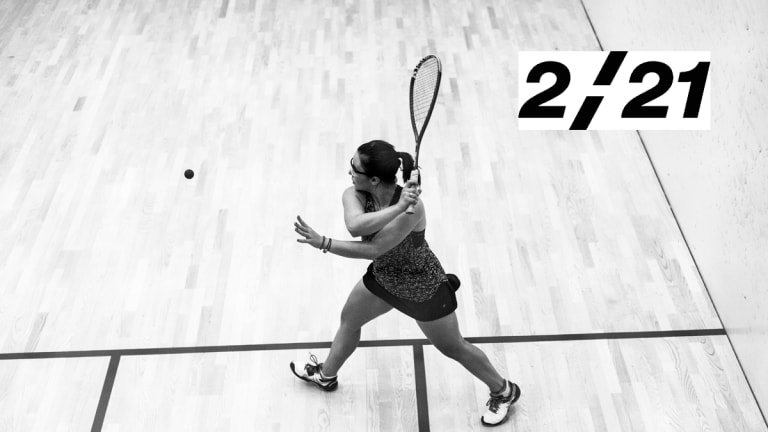The 2/21: Can squash, which merged its tours, give tennis a lesson?
By Feb 02, 2021Indian Wells, USA
PHOTOS: Happy 21st birthday Coco Gauff, captain of 'Tennis Channel Airlines'
By Mar 13, 2025Indian Wells, USA
Carlos Alcaraz likes “playing with wind”—and it shows in Indian Wells rout of Grigor Dimitrov
By Mar 13, 2025At 22, Ben Shelton is youngest American man since 2004 to reach quarterfinals at Indian Wells
By Mar 13, 2025Indian Wells, USA
Jack Draper credits “one of a kind” coach James Trotman for ATP rise
By Mar 13, 2025Indian Wells, USA
Mirra Andreeva vs. Elina Svitolina: Where to Watch, Indian Wells Preview, Betting Odds
By Mar 13, 2025Indian Wells, USA
Daniil Medvedev vs. Arthur Fils: Where to Watch, Indian Wells Preview, Betting Odds
By Mar 13, 2025Indian Wells, USA
Iga Swiatek vs. Zheng Qinwen: Where to Watch, Indian Wells Preview, Betting Odds
By Mar 13, 2025Pick of the Day
Indian Wells Betting Preview: Elina Svitolina vs. Mirra Andreeva
By Mar 13, 2025Social
Aryna Sabalenka: “Tiger” instincts would protect me, Iga Swiatek on deserted island 🐯
By Mar 13, 2025The 2/21: Can squash, which merged its tours, give tennis a lesson?
After combining its men's and women's tours in 2015, the niche sport has emerged stronger and richer.
Published Feb 02, 2021
Advertising

The 2/21: Can squash, which merged its tours, give tennis a lesson?
Advertising

The 2/21: Can squash, which merged its tours, give tennis a lesson?
Advertising

The 2/21: Can squash, which merged its tours, give tennis a lesson?
Advertising

The 2/21: Can squash, which merged its tours, give tennis a lesson?
© Anita T Aguilar
Advertising

The 2/21: Can squash, which merged its tours, give tennis a lesson?
© anita aguilar
Advertising

The 2/21: Can squash, which merged its tours, give tennis a lesson?